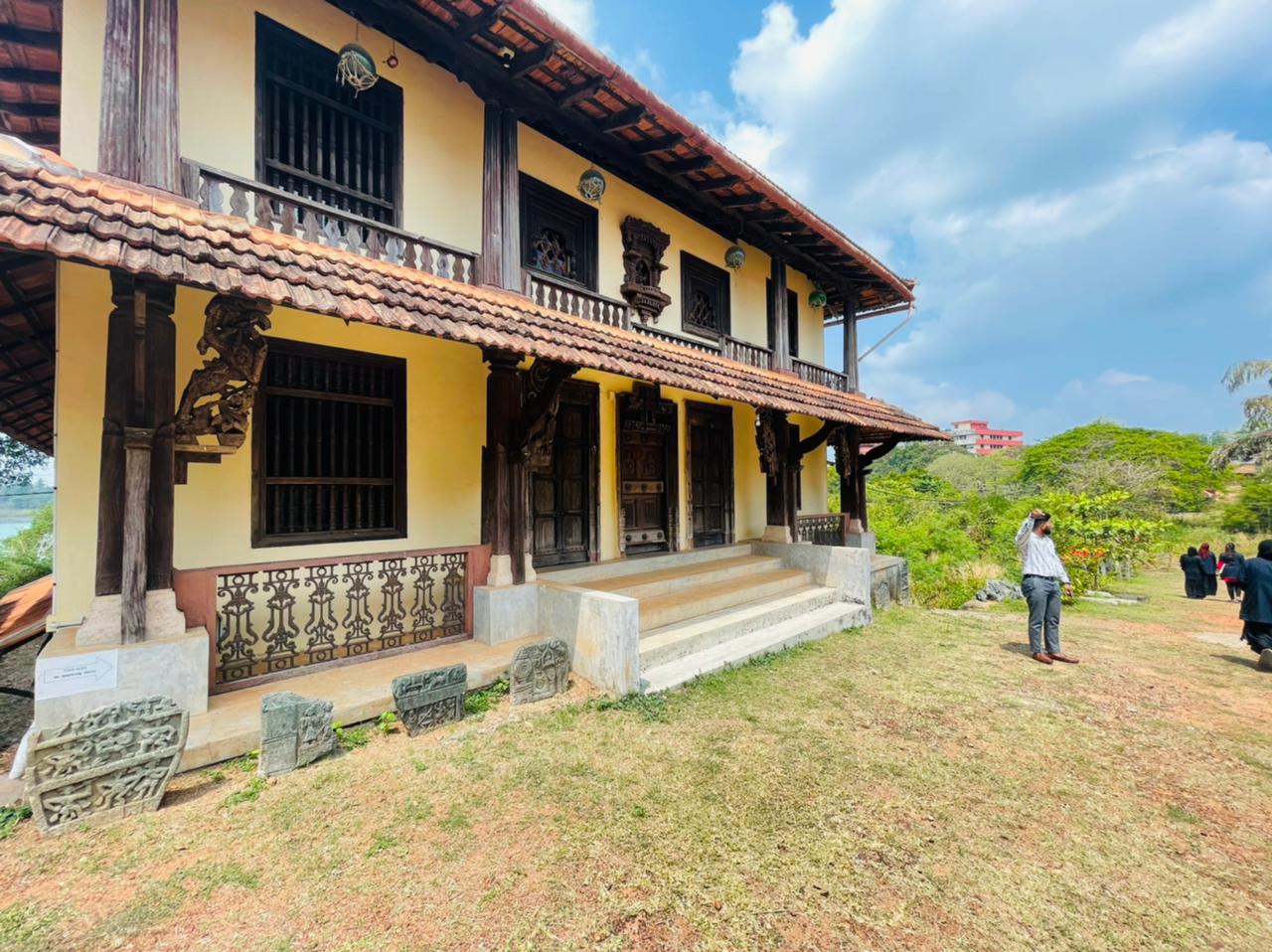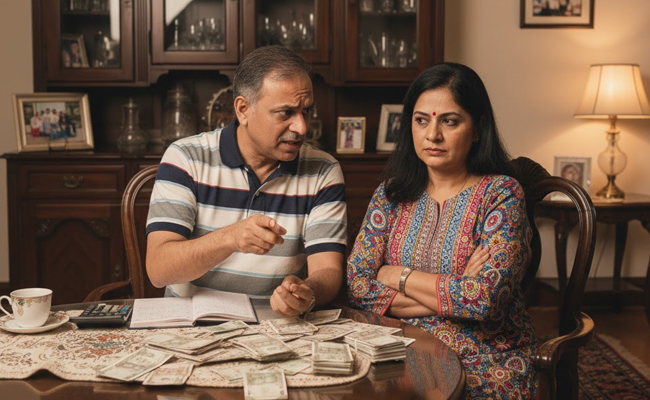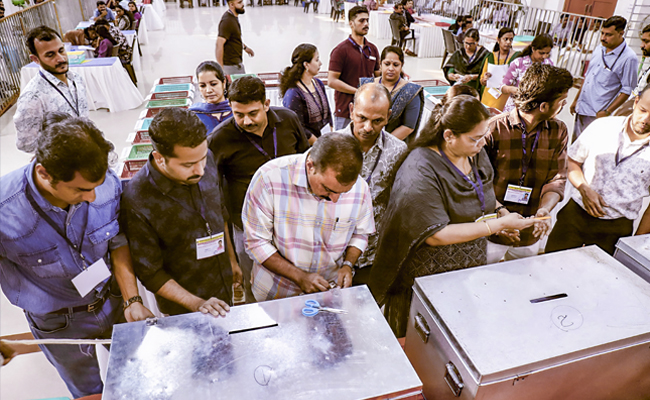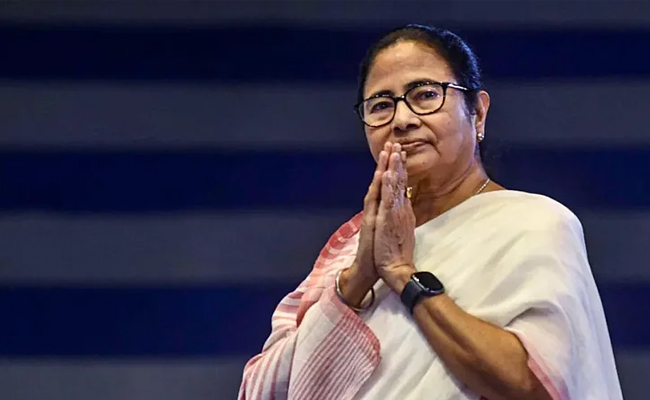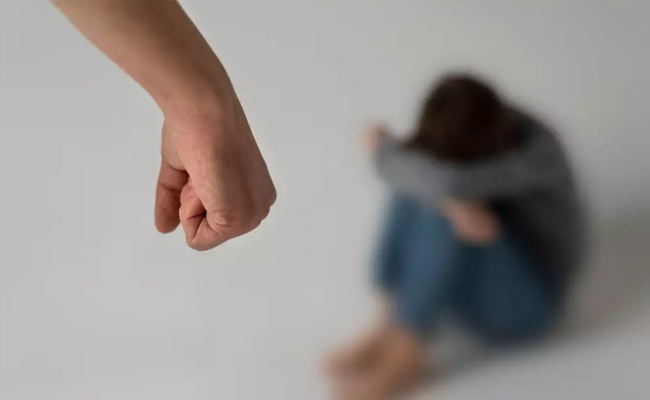Mangaluru: The Indian Design School had organised a heritage tour for their students at the Hasta Shilpa Heritage Village Museum in Manipal on 25th February 2021 as part of their academic workshop for understanding the vernacular architecture and traditional interiors of South Canara. This is the first time any interior design college from Dakshina Kannada or Udupi district has conducted a heritage tour for their students.
The Hasta Shilpa Heritage Village is an open-air museum and cultural complex which aims to restore and conserve the nation's cultural wealth in the form of traditional buildings and objects of art, craft, and other artefacts of aesthetic interest. The brainchild of late Mr. Vijayanath Shenoy (1934-2017), a retired banker who converted his own home into an ethnographic museum, Heritage Village is managed by the Hasta Shilpa Trust. Over the last two decades, the Trust has relocated and restored 26 structures of immense architectural merit and fine craftsmanship. It is, indeed, a veritable treasure trove.
The heritage walks usually consist of two tours – the Northern Tour and Southern Tour, each lasting 1.5 hours with only a part of the village being showcased. However, special arrangements were made for the students of IDS so that they could have both the tours, with the tour lasting over 4 hours. To make the tour even special, one of the trust members, Mr. Harish Pai, had guided the students and provided them with complete information regarding the history of each structure, its usage, the process of restoration and ways of historical documentation. Such in-depth information is not provided during regular visits. Mr. Pai is also involved in restoration and maintenance of all the structures and had done so along with Mr. Shenoy. Mr. Pai also had an interactive session with the students and was interested in involving them in his future works due to their enthusiasm.
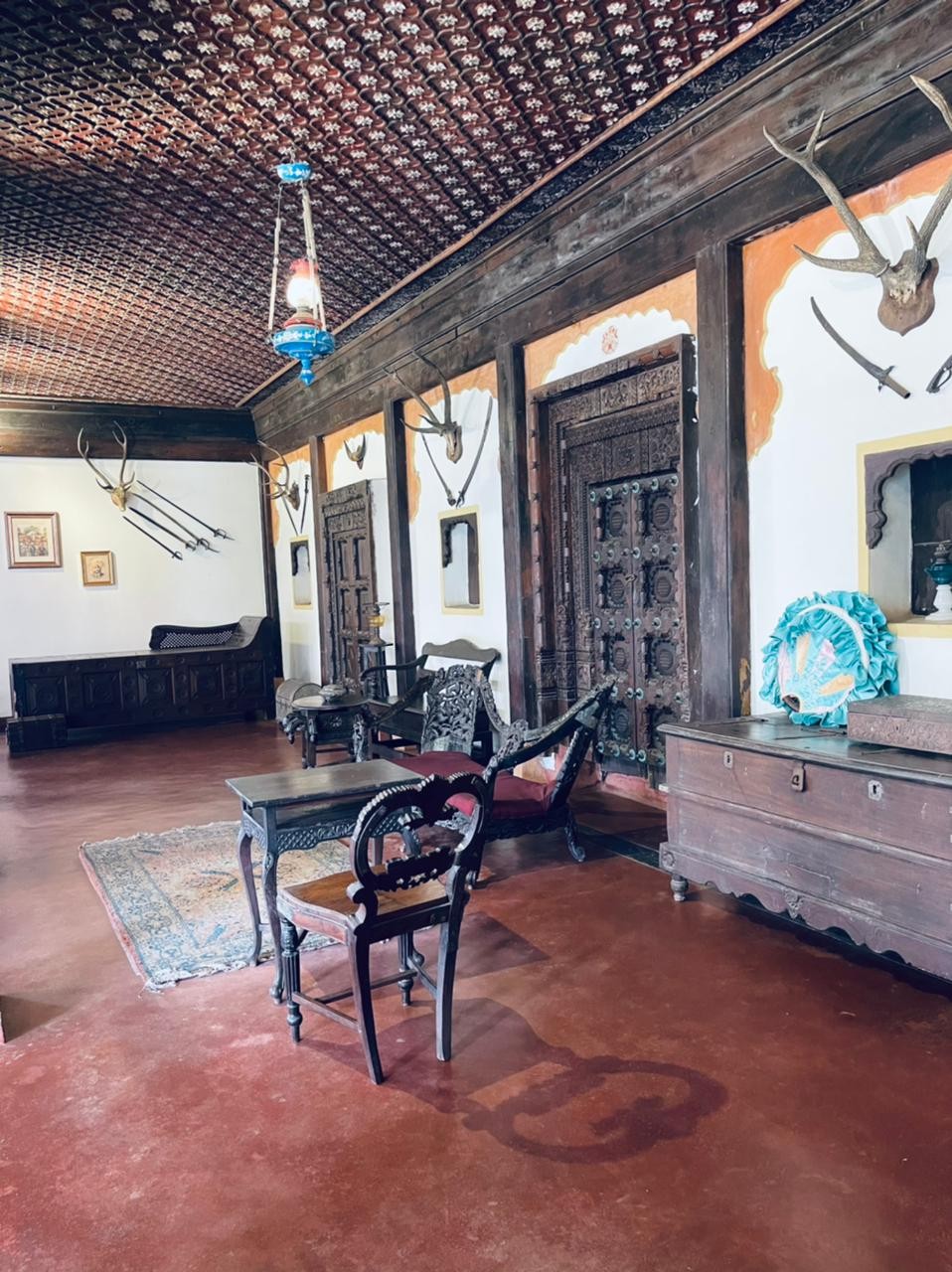
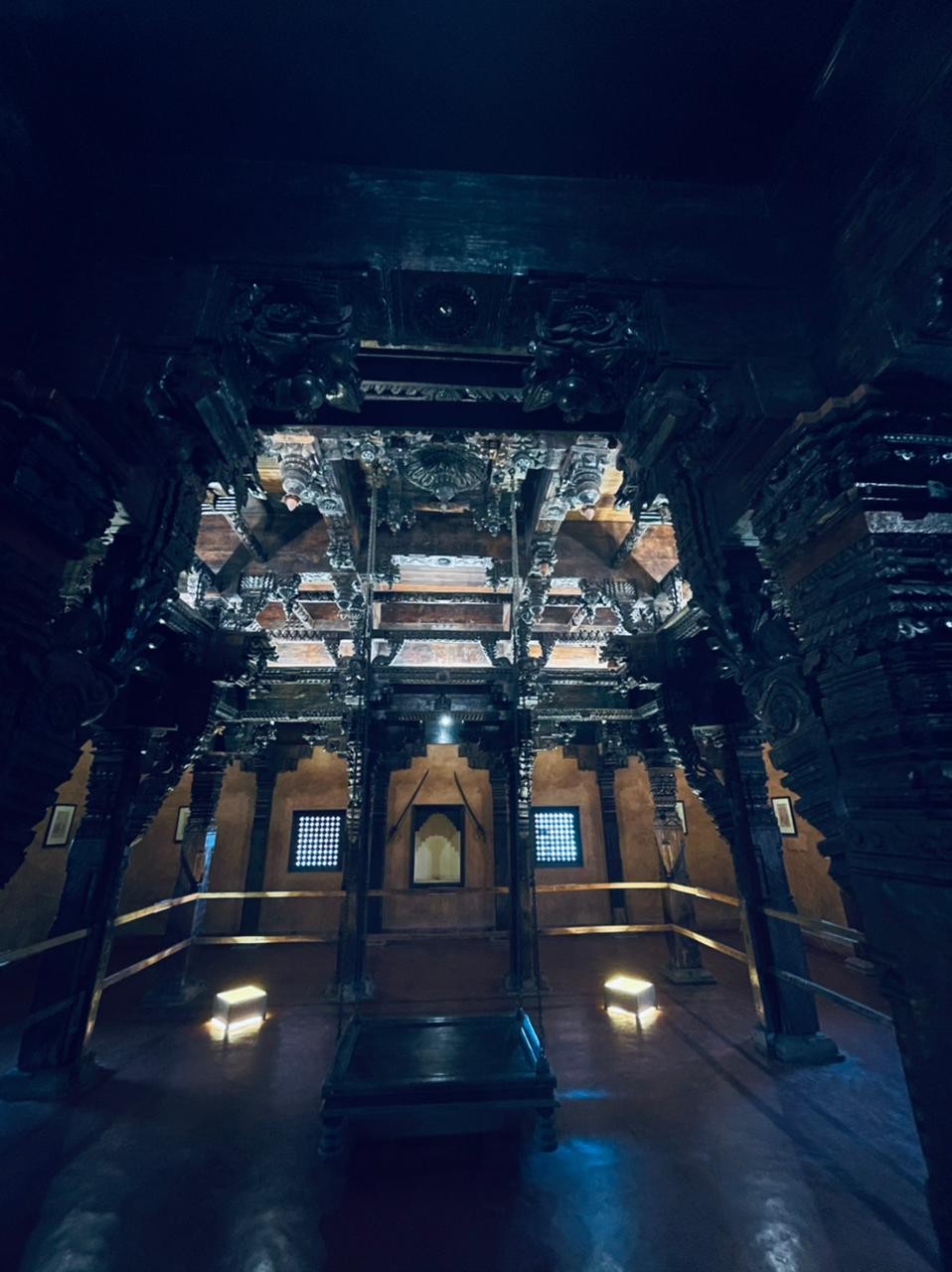
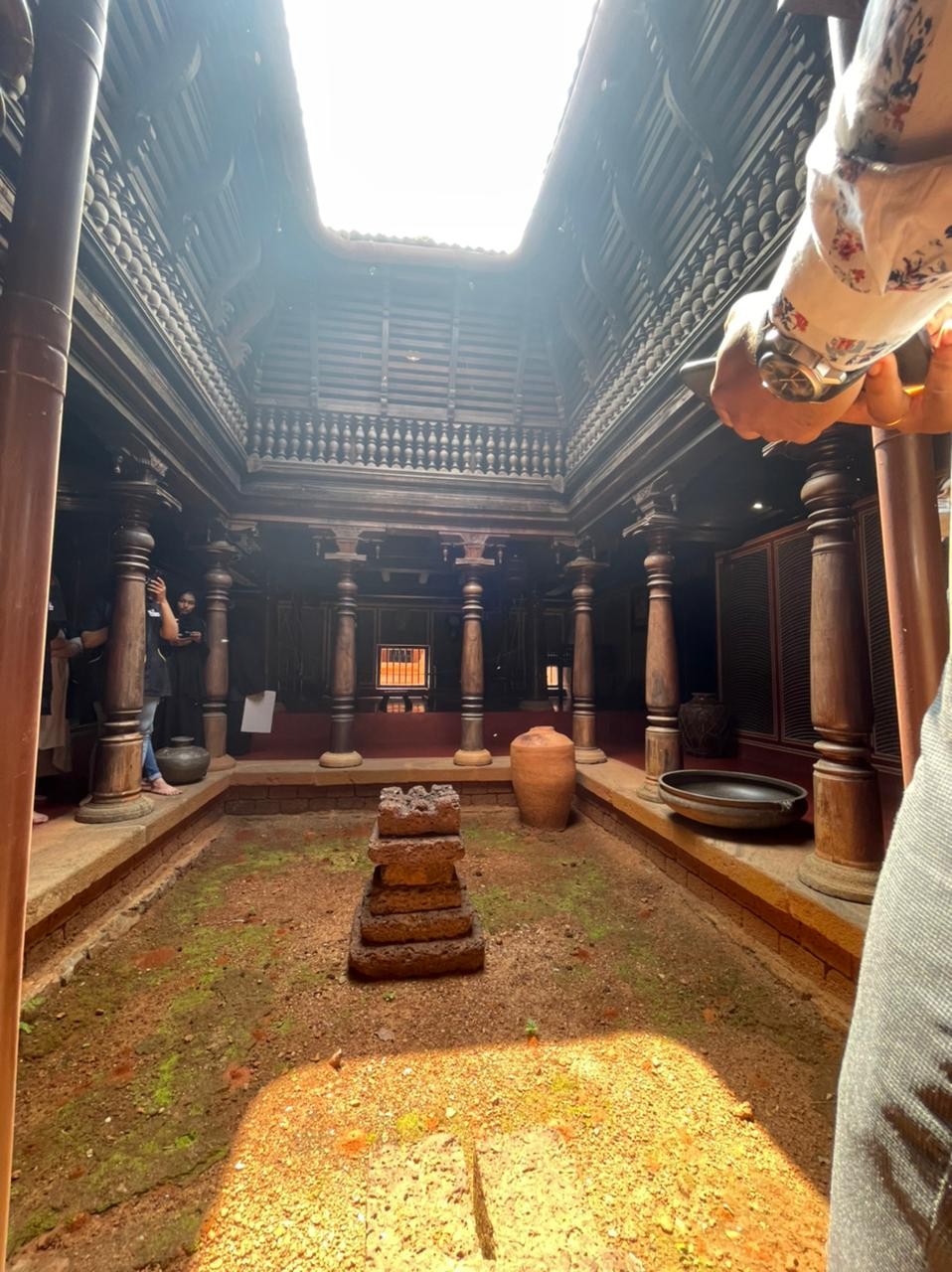
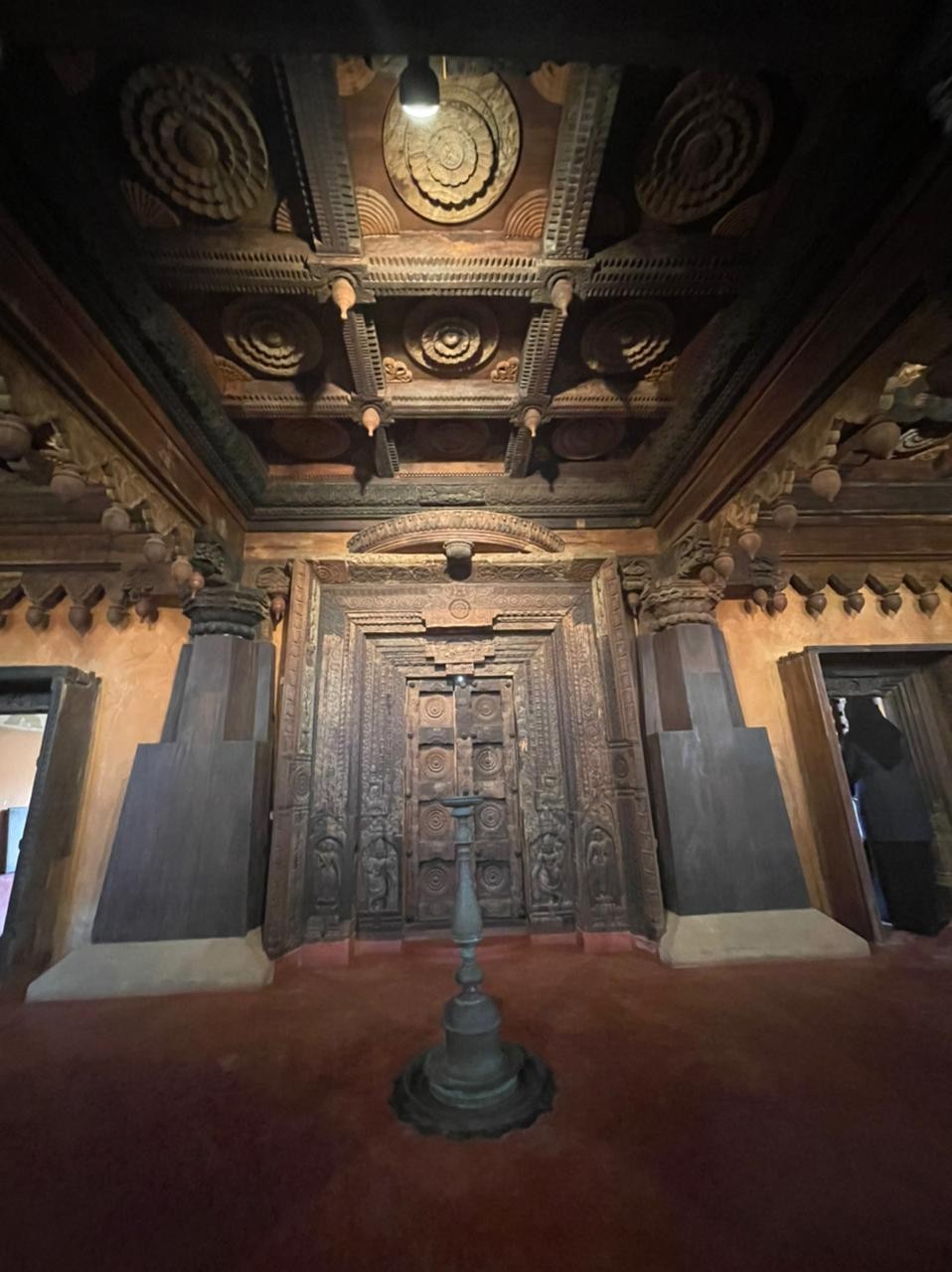
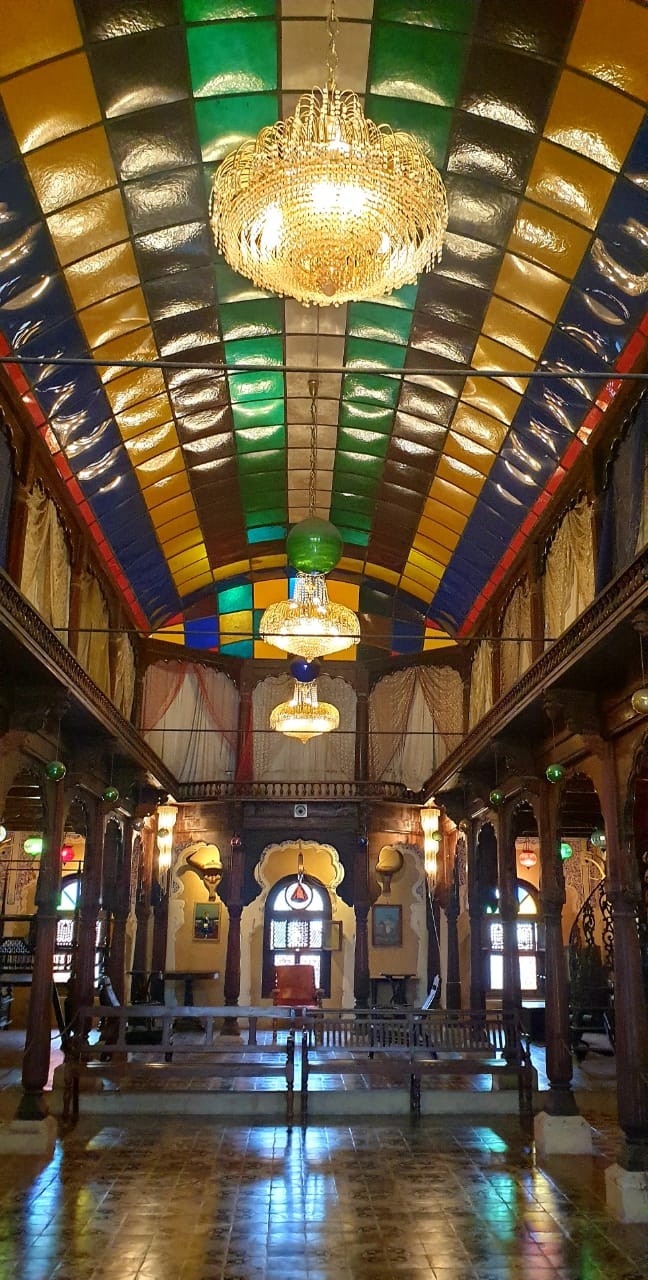
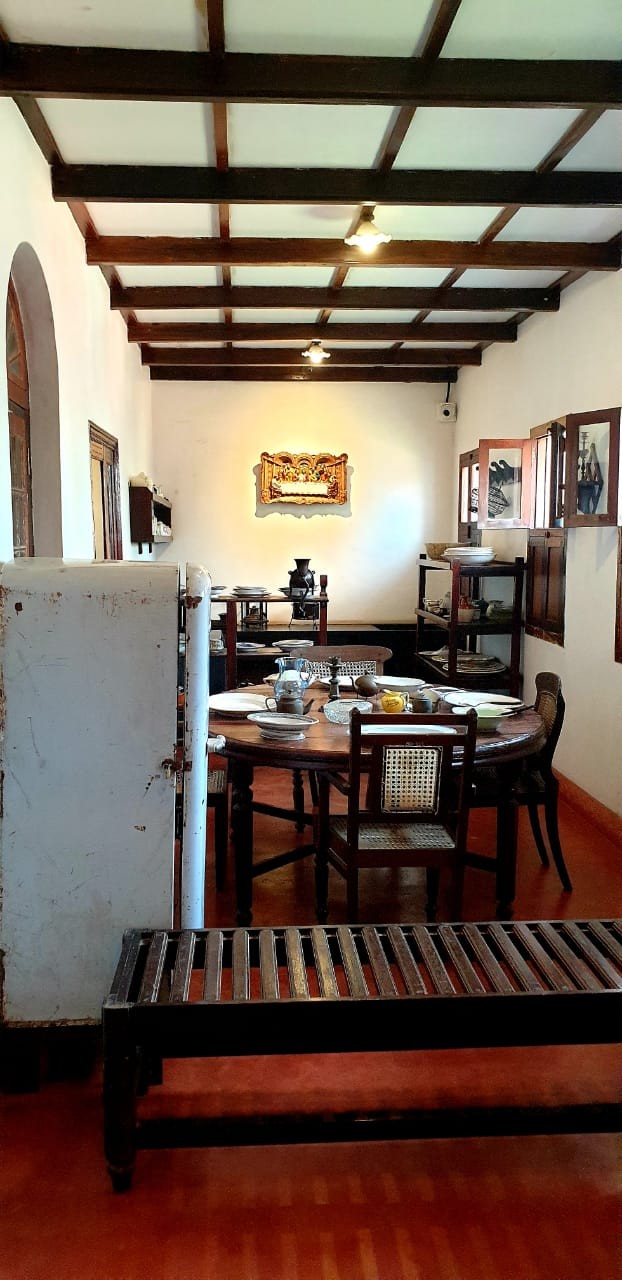
Let the Truth be known. If you read VB and like VB, please be a VB Supporter and Help us deliver the Truth to one and all.
Prayagraj (PTI): The Allahabad High Court has set aside a lower court order mandating a man to pay maintenance to his estranged wife, observing that she earns her living and did not reveal the true salary in her affidavit.
Justice Madan Pal Singh also allowed a criminal revision petition filed by the man, Ankit Saha.
"A perusal of the impugned judgment indicates that in the affidavit filed before the trial court, the opposite party herself admitted that she is a post-graduate and a web designer by qualification. She is working as a senior sales coordinator in a company and getting a salary of Rs 34,000 per month," the court said in the December 3 order.
"But in her cross-examination, she has admitted that she was earning Rs 36,000 per month. Such an amount for a wife who has no other liability cannot be said to be meagre; whereas the man has the responsibility of maintaining his aged parents and other social obligations," it observed.
The high court observed that the woman was not entitled to get any maintenance from her husband "as she is an earning lady and able to maintain herself".
The man's counsel argued in court that the estranged wife did not reveal the whole truth in the affidavit.
"She claimed herself to be an illiterate and unemployed woman. When the document filed by the man was shown to her before the trial court, she admitted her income during cross-examination. Thus, it is clear that she did not come before the trial court with clean hands," the counsel submitted.
The court, in its order, said, "Cases of those litigants who have no regard for the truth and those who indulge in suppressing material facts need to be thrown out of the court."
It impugned the lower court's February 17 judgment and order, passed by the principal judge of a family court in Gautam Buddh Nagar and allowed the criminal revision petition filed by the man.

